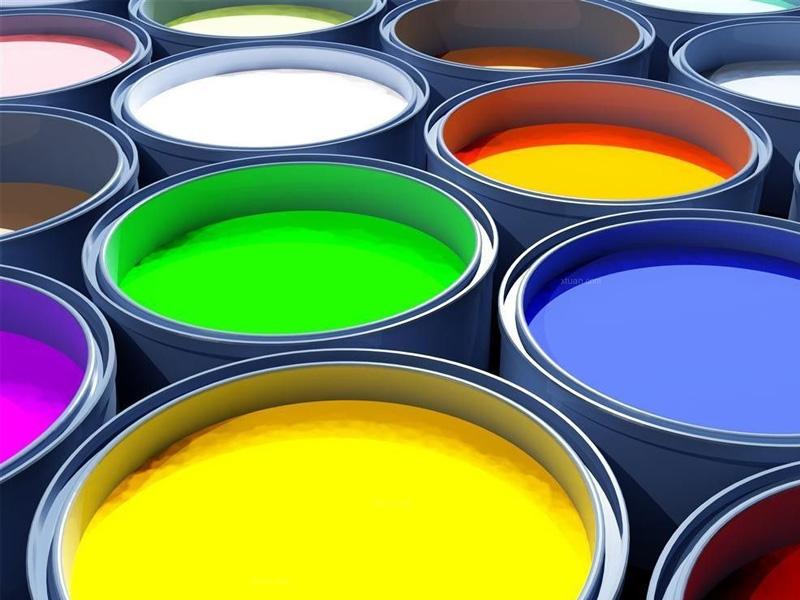Coating composition
Coatings are generally composed of non-volatile components and volatile components. After it is coated on the surface of an object, its volatile components gradually evaporate and escape, leaving non-volatile components that dry and form a film, so they are also called film-forming substances. Film-forming substances can be divided into three categories: primary, secondary, and auxiliary film-forming substances. The main substance can form a film alone, or it can form a film together with secondary film-forming substances such as adhesive materials. It is the basis of the coating, referred to as the base material. The components of coatings can be composed of a variety of raw materials.

Coating composition
|
Composition |
Raw materials |
|
|
Main film-forming substances |
Oil |
Animal oil; shark oil, hairtail oil, butter, etc. Vegetable oil; tung oil, soybean oil, castor oil, etc. |
|
Resin |
Natural resins: shellac, rosin, natural asphalt, etc. Synthetic resins: phenolic resin, alkyd resin, amino resin, acrylic resin, etc. |
|
|
Secondary film-forming substances |
Pigment |
Inorganic pigments: titanium dioxide, zinc oxide, chrome yellow, iron blue, carbon black, etc. Organic pigments: toluidine red, phthalocyanine blue, light-fast yellow, etc. Anti-rust pigments: red lead, zinc chrome yellow, barium metaborate, etc. |
|
Body Pigment |
talcum powder, calcium carbonate, barium sulfate, etc. |
|
|
auxiliary film-forming substances |
Auxiliary |
Plasticizer, drier, curing agent, stabilizer, antifungal agent, antifouling agent, emulsifier, wetting agent, anti-skinning agent, Initiators, etc. |
|
Volatile substances |
Thinner |
PetroleumSolubleAgent (such as No. 200 paint solvent), benzene, abenzene, Xylene, chlorobenzene, turpentine, cyclopentadiene, butyl acetate, butanol, ethanol, etc. |
The compositions in Table 4-1 are for general paints. Due to different types of coatings, some compositions can be omitted. For example, various varnishes are transparent bodies without pigments and extender pigments; putties are thick slurries with a large amount of extender pigments added; paints (including enamels, mixed paints and primers) are added with an appropriate amount of pigments and Opaque body of extender pigments. Those that use low-viscosity liquid resin as the base material and do not add volatile diluents are called solvent-free paints; those that have a powdery base material and do not add solvents are called powder coatings; those that generally use organic solvents are called solvent-based paints. Paints; those that use water as a diluent are called water-based paints.
Classification of coatings
There are five ways to classify paints internationally. The first classification method is to classify by use, such as building paint, ship paint, electrical insulation paint, Automotive paint, etc.; the second classification method is based on the construction method, such as brush paint, spray paint, baking paint, fluidized bed removal paint, etc. The second classification method is based on the function of the paint, such as primer , anti-rust paint, anti-corrosion paint, fire-retardant paint, high-temperature resistant paint, first-coat paint, second-coat paint, etc.; the fourth classification method is based on the appearance of the paint film, such as bright red paint, glossy paint, etc.Ethylene oxide and its copolymers, polyvinyl acetal resin, divinyl acetylene resin
|
Continuation table |
|||
|
Serial number |
Code name (Chinese Pinyin letters) |
Film-forming substances Category |
Main film-forming substances .. |
|
11 |
B |
Acrylic paint |
Acrylic resin, acrylic copolymer and modified resin |
|
12 |
Z |
Polyester paint |
He and polyurethane resin, unsaturated polyurethane resin |
|
13 |
H |
Epoxy resin paint |
Epoxy resin, modified epoxy resin |
|
14 |
S |
Polyurethane paint |
Polyurethane |
|
15 |
W |
Elemental organic paint |
Organic polymers of organic silicon, organic titanium, organic aluminum and other elements |
|
16 |
J |
Rubber paint |
Natural rubber and its derivatives, synthetic rubber and its derivatives |
|
17 |
E |
Other paints |
Other film-forming substances not included in the above list, such as inorganic polymer materials, polyimide resin, etc. |
|
18 |
Supplementary materials |
Thinner, moisture-proof agent, drier, paint remover, curing agent |
|

 微信扫一扫打赏
微信扫一扫打赏

